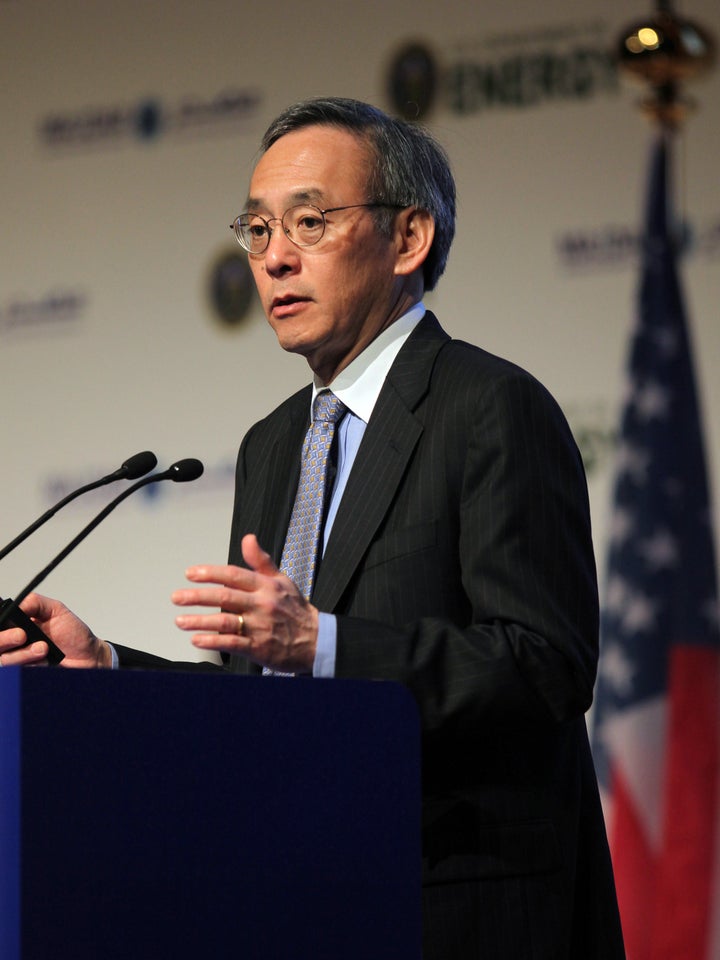
For the next few decades, energy efficiency is one of the lowest cost options for reducing US carbon emissions. Many studies have concluded that energy efficiency can save both energy and money. For example, a recent McKinsey report calculated the potential savings assuming a 7% discount rate, no price on carbon and using only "net present value positive" investments. It found the potential to reduce consumer demand by about 23% by 2020 and reduce GHG emissions by 1.1 gigatons each year -- at a net savings of US$ 680 billion.
Likewise, the National Academies found in 2009 that accelerated deployment of cost-effective technologies in buildings could reduce energy use by 25-30% in 2030. The report stated: "Many building efficiency technologies represent attractive investment opportunities with a payback period of two to three years."
Some economists, however, don't believe these analyses; they say there aren't 20-dollar bills lying around waiting to be picked up. If the savings were real, they argue, why didn't the free market vacuum them up? The skeptics are asking a fair question: why do potential energy efficiency savings often go unrealized?
I asked our team at the Department of Energy to review the literature on savings from home energy retrofits. We are pursuing energy efficiency in many areas -- from toughening and expanding appliance standards to investing in smart grid -- but improving the efficiency of buildings, which account for 40% of US energy use, is truly low hanging fruit.
In this review, we looked only at studies that compared energy bills before and after improvements and excluded studies that relied on estimates of future savings. We found that retrofit programs that were the most successful in achieving savings targeted the least efficient houses and concentrated on the most fundamental work: air-tight ducts, windows and doors, insulation and caulking. When efficiency improvements were both properly chosen and properly executed, the projected savings of energy and money were indeed achieved. In science, we would call the successful programs an "existence proof" that efficiency investments save money. Too often, however, the savings went unrealized, due to a number of reasons, including poor efficiency investment decisions and shoddy workmanship.
There are other reasons why energy savings aren't fully captured. Market failures include inertia, inconvenience, ignorance, lack of financing and "principal agent" problems (e.g., landlords don't install energy efficient refrigerators because tenants pay the energy bills). To persuade the skeptics and spark the investments in efficiency we need, the Department of Energy is now focused on overcoming these market failures.
First, the Department is working to develop a strong home retrofit industry. We are creating a state-of-the-art tool that home inspectors can use on a handheld device to assess energy savings potential and identify the most effective investments to drive down energy costs. We're also investing in training programs to upgrade the skills of the current workforce and attract the next generation. The Department is also focused on measuring results -- to both provide quality assurance to homeowners and promote improvement. For example, we're pursuing new technologies such as infrared viewers that will show if insulation and caulking were done properly. Post-work inspections are a necessary antidote and deterrent to poor workmanship.
To address inconvenience and to reduce costs, we're launching an innovative effort called "Retrofit Ramp-Up" that will streamline home retrofits by reaching whole neighborhoods at a time. If we can audit and retrofit a significant fraction of the homes on any given residential block, the cost, convenience and confidence of retrofit work will be vastly improved. Another goal of this program is to make energy efficiency a social norm.
To help pay for investments, we're working with the Department of Housing and Urban Development to encourage new financing tools. For example, homeowners might pay back energy improvement loans via an assessment on their property tax bill. Out-of-pocket expenses are eliminated and energy savings will exceed the increase in property tax. Both the savings and the loan payments would stay with the house if the owners decide to sell.
Another opportunity comes when a property changes hands. Banks require a structural inspection and a termite inspection; they should also ask for the last year's worth of utility bills, which speaks directly to the home's affordability. If improvements are needed, the costs could be seamlessly tacked onto the mortgage.
The greatest gains can be realized in new construction. By developing building design software with embedded energy analysis and building operating systems that constantly tune up a building for optimal efficiency while maintaining comfort, extremely cost-effective buildings with energy savings of 60-80% are possible.
Regardless of what the skeptics may think, there are indeed 20-dollar bills lying on the ground all around us. We only need the will -- and the ways -- to pick them up.
This op-ed appears in a new report by the World Economic Forum and IHS Cambridge Energy Research Associates entitled "Energy Vision 2010: Towards a More Energy Efficient World." The full report can be found here.